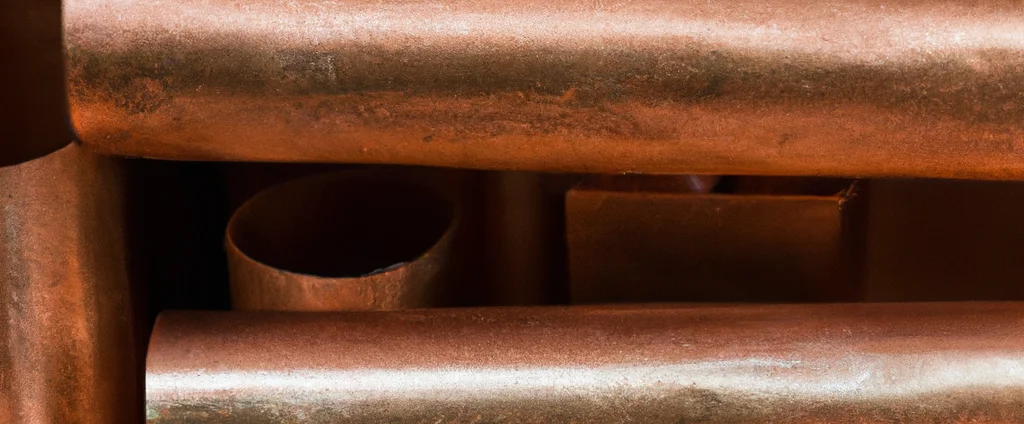Oxygen-Free-Electronic (OFE) Copper (UNS C10100)

Oxygen-Free Electronic (OFE) Copper C10100 is the purest commercial copper grade, valued for its exceptional electrical and thermal conductivity. Its near-zero oxygen content prevents embrittlement, making it ideal for high-vacuum systems, superconductors, and precision electronics.
| Chemical Composition | ||
|---|---|---|
| Element | Min | Max |
| Copper | 99.99% | —— |
The following table provides a list of copper C10100 properties in both SI and US customary/Imperial units.
Click on the button to switch between Metric and Imperial units.
| Physical Properties | Metric |
|---|---|
| Density | 8890 - 8940 kg/m3 |
| Mechanical Properties | Metric |
| Tensile Strength (Ultimate) | 220 - 455 MPa |
| Tensile Strength (Yield) | 69 - 365 MPa |
| Shear Strength | 150 - 240 MPa |
| Young’s Modulus (E) | 115 GPa |
| Shear Modulus (G) | 44 GPa |
| Elongation at Break | 50% |
| Poisson’s Ratio (ν) | 0.31 |
| Vickers Hardness (½ hard) | 75 |
| Vickers Hardness (full hard) | 90 |
| Thermal Properties | Metric |
| Melting Point | 1083 °C |
| Thermal Conductivity | 390 W/m·K |
| Specific Heat Capacity (Cp) | 385 J/kg·K |
| Coefficient of Thermal Expansion (αL) | 1.7×10-5 1/°C |
| Electrical Properties | Metric |
| Electrical Conductivity | 5.8×107 S/m |
| Electrical Resistivity | 1.7×10-8 Ω·m |
The values in this table are approximate and can vary depending on various factors such as the specific manufacturing process and heat treatment applied to the alloy.
Advantages & Disadvantages of Copper C10100
| Advantages | Disadvantages |
|---|---|
| Electrical conductivity | Soft material |
| Thermal conductivity | High cost |
| Corrosion resistance | Susceptibility to oxidation |
| Ductility and formability | Limited strength |
| Low magnetic permeability |
Applications of Copper C10100
Copper C10100 finds numerous applications across various industries due to its high purity and excellent electrical and thermal conductivity.Key applications include:
- Electrical and Electronics: Widely used in components that require high conductivity, including electrical connectors, terminals, bus bars, printed circuit boards (PCBs), and wiring for efficient electrical transfer.
- Heat Transfer Systems: The high thermal conductivity makes it suitable for heat exchangers, heat sinks, and cooling systems to efficiently dissipate heat.
- Telecommunications: Utilized in equipment and devices such as waveguides, coaxial cables, and antennas due to excellent conductivity and low signal loss properties.
- Vacuum Systems: The low outgassing and low magnetic permeability make it suitable for vacuum tubes, vacuum chambers, and other vacuum applications.
- Superconductors: Employed in superconductor applications due to high electrical conductivity, providing a low-resistance path for superconducting currents.
- Automotive Industry: Used in various components such as connectors, terminals, and wiring harnesses due to electrical conductivity and corrosion resistance.
- Architecture and Construction: Used for roofing, gutters, downspouts, and decorative elements due to corrosion resistance, aesthetic appeal, and durability.
- Marine Applications: The corrosion resistance makes it suitable for marine equipment, shipbuilding, and offshore applications including heat exchangers, piping systems, and electrical wiring.
- Medical Equipment: Employed in devices where high conductivity and corrosion resistance are essential, including imaging equipment, surgical instruments, and electrical connectors.
